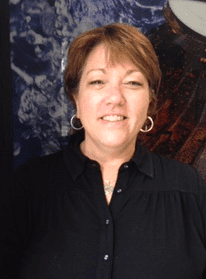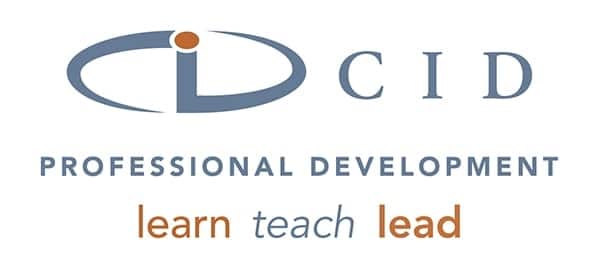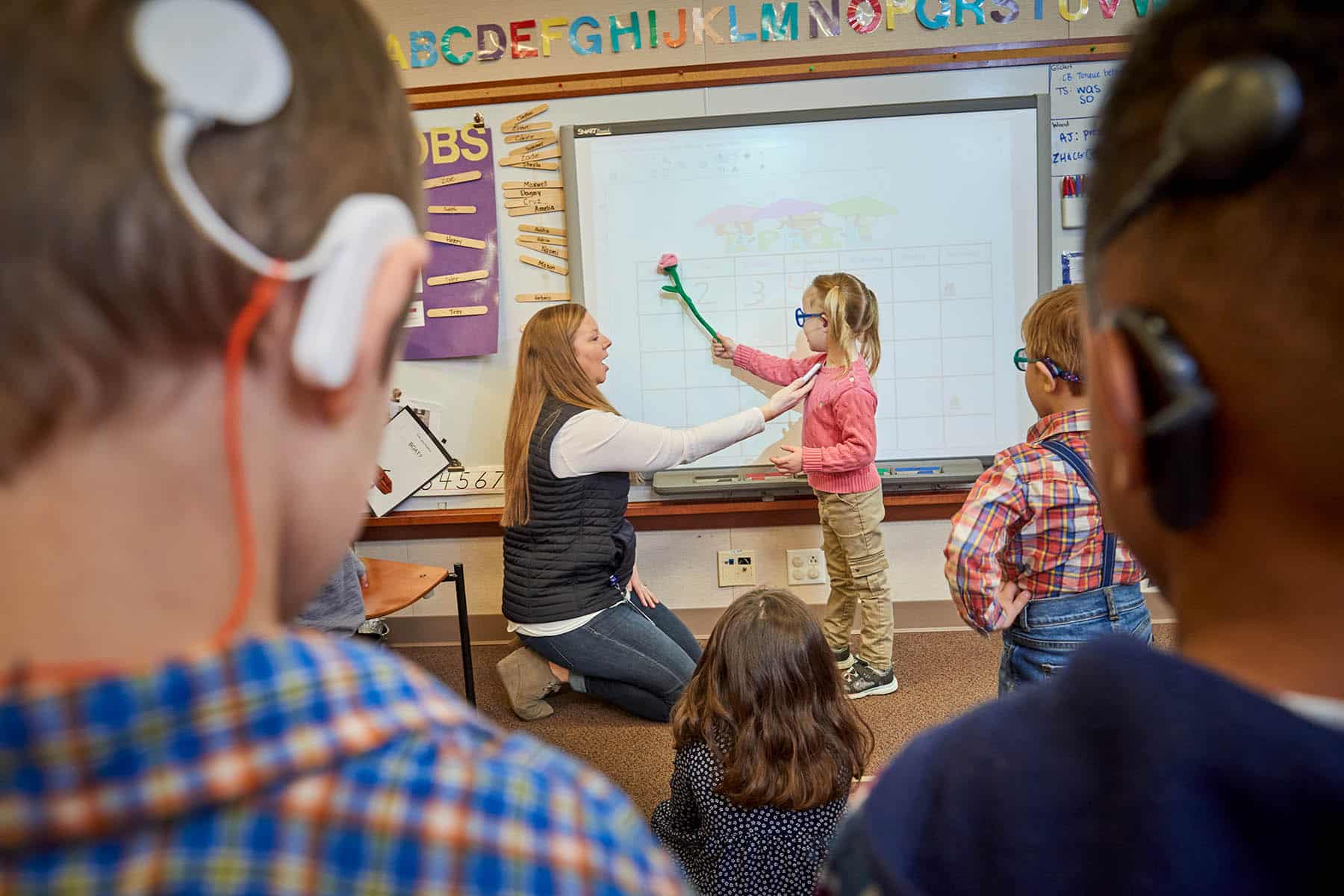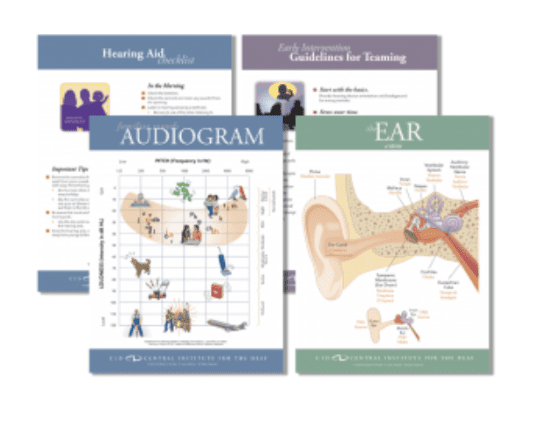What do students who are deaf or hard of hearing say about classroom accommodations that help them hear and understand in their classrooms?
“Sometimes I can’t hear what the other students say so it really helps when my teacher repeats what they say.”
Carl, 6th grader with a moderate, bilateral hearing loss
“My teacher is really nice. She always stands where I can see her face, and she always remembers to wear the microphone for my DM. That really helps me.”
Libby, 5th grader with a profound bilateral hearing loss
“Mrs. Spence lets me move to any place in the classroom where I can see and hear the best. We sit in a circle during morning meeting and my friends talk one at a time. I can see everyone’s face. And she uses the SMARTBoard a lot and I learn better that way.”
Makenzi, 3rd grader with a profound, bilateral hearing loss.
“I try really hard to listen and pay attention all day, but sometimes I get really tired, especially in the afternoon. Mrs. K. lets me stand up or take a little walking break so I can rest my ears and brain.”
Matthew, 1st grader with a bilateral moderate – severe hearing loss.
“Following lectures and class discussions in World History is really hard. My teacher talks so fast. He asked me what he can do to help. Sometimes we sit in a circle, and that helps because I can see everyone. He also gives us some time to think after he asks a question. That gives me the time I need to think about my answer.”
Jack, 10th grader with profound bilateral hearing loss.
For students with hearing loss, learning in a regular classroom can be very challenging. The amount of background noise can significantly affect the student’s ability to listen effectively. Understanding the teacher when she turns her back, hearing the students in the back of the room when they are called on to answer, keeping up with the quick pace of instruction and noise from the hallway or pencil sharpener are a few examples of challenges many students with hearing loss face every day. The five students quoted above identified accommodations that help them be successful learners in school. Accommodations are specific changes in procedures, materials or the classroom environment that increase equitable access for students with disabilities so they can achieve the same grade-level standards as their peers. Most children with hearing loss require accommodations in the classroom to help them learn to their potential. Classroom teachers can make a big difference in helping their students with hearing loss access the rigorous general education curriculum by providing specific accommodations that support the unique learning needs of each child.
For a list of accommodations to consider, please download the CID handout, Possible IEP Accommodations by visiting our free download page.













